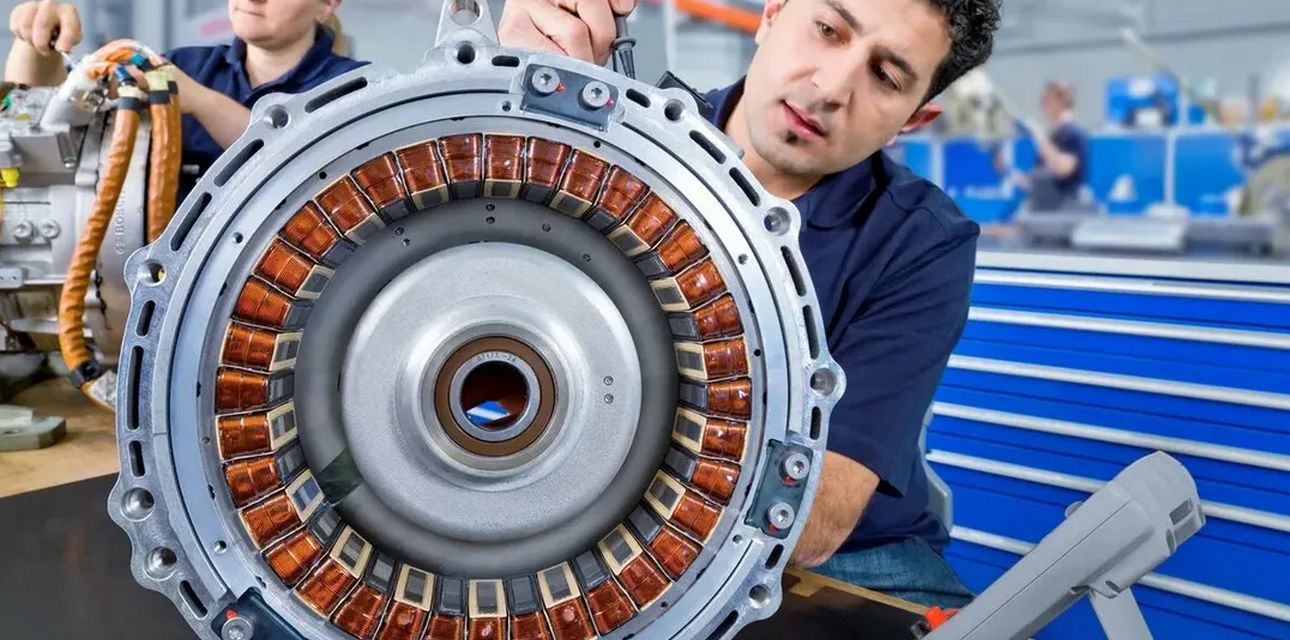AC Motor Repair Requires Attention to Detail
When it comes to AC Motor Repair, reliability is very important. Reliability depends not only on the technician’s expertise but also on the attention to detail that is put into the work. For example, it may take longer to rewind an AC motor than to replace a standard ball bearing. In either case, the technician must look for the cause of the problem and take the proper steps to resolve it.
Test for Broken Windings
One of the first steps in AC motor repair is testing the windings for brokenness. Windings can be damaged by excessive voltage, a foreign object, or physical damage. A damaged winding will appear open or short. In either case, the motor will require rewinding or replacement.
To test for broken windings, apply high-voltage AC or DC voltage between the motor’s windings. This will reveal shorts or burnt wires in the windings. The voltage should then be reduced by 60%. This will help detect burnout and predict future failure.
Next, use a multimeter to test the resistance. A high resistance indicates a broken winding. This is not a problem if the resistance reading is zero. However, the windings are likely burned or damaged if the resistance reading is high. When this happens, the motor will not run or will not work with the speed control.
Check for Overheating
When doing AC motor repair, it’s important to check the overheating condition. Overheating signifies a faulty water pump, which may not signal the control module properly. In such a case, you’ll need to flush out the old coolant and pour in new coolant to correct the problem.
Overheating damages the engine’s internal components, leading to more expensive repairs. Checking the cooling system for overheating will prevent bigger problems later. The temperature gauge will show a spike in “H,” then move into the red zone. You may also notice a strange smell coming from the front of the vehicle near the hood. The smell could be oil or coolant leaking from the engine.
Another sign of overheating is an unusual sweet smell coming from the engine. A sluggish acceleration often accompanies this symptom. The engine’s pistons are overextended, making it difficult to accelerate. Steam coming out of the machine is also a symptom of overheating. In severe cases, the car won’t start until the temperature is reduced.
Overheating Can Lead to Bearing Failure
The failure of a bearing in an AC motor may result from several factors, including overheating or shaft currents. Overheating is a common problem when bearings are damaged. Understanding why a component fails can prevent a motor from breaking down in the future.
There are five common causes of overheating in AC motors. These factors include overvoltage, overload, poor power conditions, frequent starts and stops, and environmental conditions. Overvoltage may mask a motor’s load level, resulting in excessive heating or bearing failure. Operating at 10 percent overvoltage reduces the loss of an engine by as much as one to three percent.
Overheating can also be a symptom of improper lubrication. Ensure that the operating environment is cool enough to prevent overheating. Overheating and moisture are not compatible and should be avoided at all costs. When overheating or dampness occurs, removing the motor and the power source is the best course of action. Getting an expert like AL Ghaima Engineering Company is suggested to do the checks and run the procedure.
Hockey fan, ramen eater, hiphop head, Mad Men fan and RISD grad. Performing at the nexus of minimalism and purpose to craft experiences both online and in real life. I’m a designer and this is my work.
